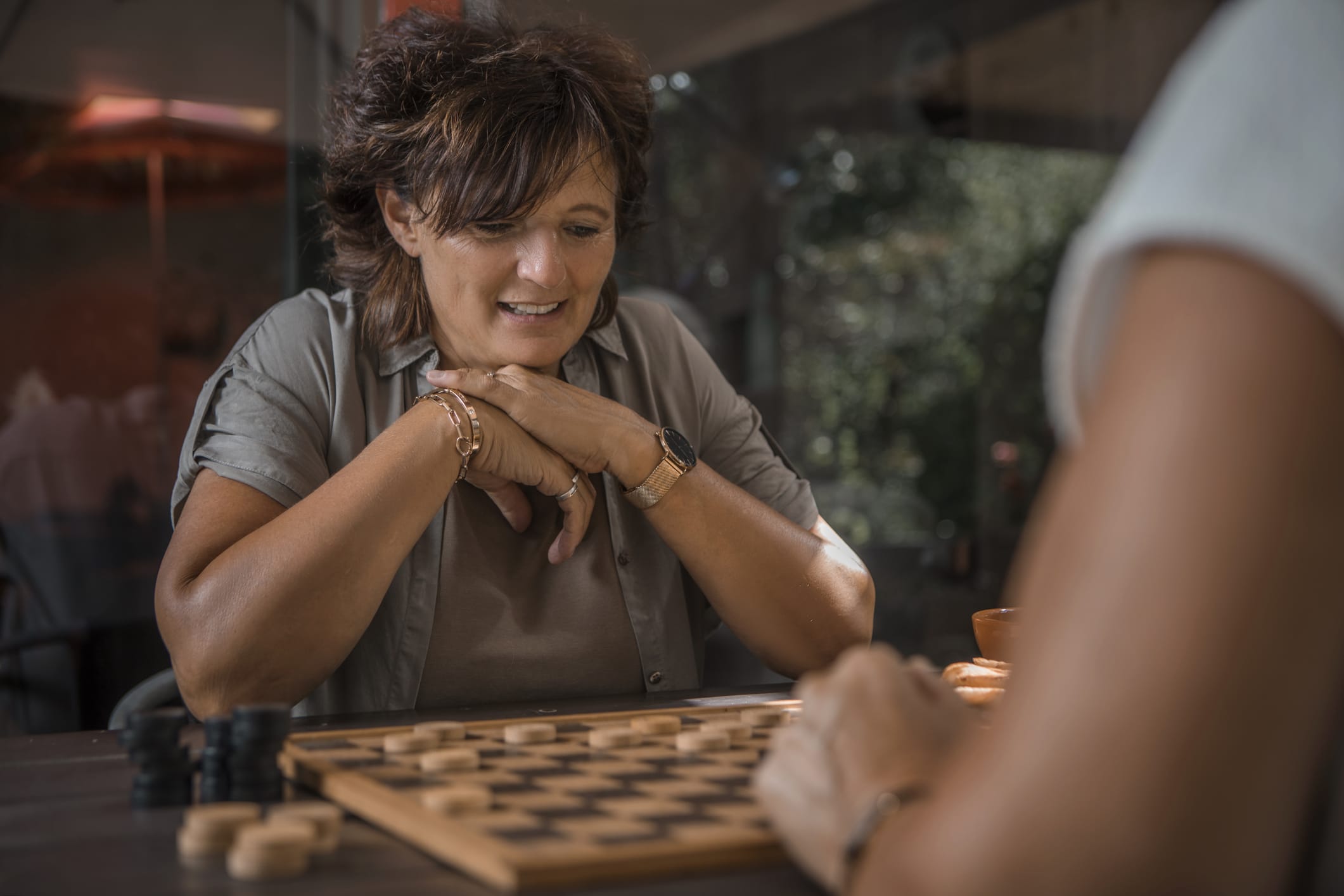Explore Healing: Experiential Therapy Activities for Recovery
Read on to learn about experiential therapy activities. They promote emotional insight and healthier ways to cope with recovery and healing.
Introduction to Experiential Therapy Activities
Experiential therapy activities are a unique approach to healing. During these activities, patients may role-play, use props, or follow guided images. The goal is to understand and work through feelings tied to past experiences.
This approach is particularly beneficial for recovery from mental health or substance use disorders. It supports emotional understanding, self-awareness, and overall healing.

How Experiential Therapy Helps
While regular psychotherapy, also known as talk therapy, helps many people, utilizing experiential therapy activities can improve the healing experience.
Understanding Experiential Therapy
What Is Experiential Therapy?
Experiential Therapy Activities for Healing
There are many kinds of activities in experiential therapy. These activities often include creative therapies, adventure therapies, and other experiences. The activity chosen depends on what the individual’s symptoms and needs are. It also depends on the goals of their healing journey.
Creating a Positive Home Environment
- Role-playing: Here, people explore different roles and situations. This helps them show and understand their feelings.
- Drama: During drama therapy, people use acting to explore personal issues and feelings.
- Art therapy: This involves doing creative activities, such as painting or drawing. It helps people express and understand feelings.
- Adventure activities: These are activities like hiking and camping. They help people discover and work through their needs
- Animal-assisted therapy: In this therapy, people interact with animals. This can help build confidence, improve communication skills, and understand emotions.
- Guided imagery techniques: These techniques guide people through visual scenes. They help people explore their feelings and experiences in a safe environment.
- Games: These may include activities like board games, team games, card games, and bowling. They can help improve social skills, strategic thinking, and managing emotions.
A Closer Look at Experiential Therapy Activities
Role-Playing
Art Therapy
Adventure Activities
Animal-Assisted Therapy
Animal-assisted therapy uses animals to improve mental health. Animals like horses and dogs can give unconditional love and friendship.
This can help people who are dealing with emotional pain. This therapy can also boost confidence, improve social skills, and help people feel calm.7
Guided Imagery Techniques
Board Games
Card Games
Billiards
Bowling
The Healing Power of Experiential Therapy Activities
Are Experiential Therapy Activities Utilized Alongside Other Treatment Options?
It is typically integrated into a comprehensive and holistic treatment plan. This works in conjunction with other evidence-based therapies to provide a more well-rounded approach to addiction recovery.
Cognitive-Behavioral Therapy (CBT)
CBT is a widely recognized and effective therapy for addiction recovery. It helps individuals identify and change negative thought patterns and behaviors that contribute to addiction. This promotes healthier coping strategies and long-term recovery.
Motivational Interviewing (MI)
Group Therapy
Group therapy provides a supportive environment where individuals in recovery can share their experiences, learn from others, and receive peer support. It helps foster a sense of community and reduces feelings of isolation.
Individual Counseling
Medication-Assisted Treatment (MAT)
For certain substance use disorders, medication, when used in combination with counseling and behavioral therapies, can be an effective approach to manage withdrawal symptoms and cravings.
Family Therapy
Family therapy involves the participation of family members in the treatment process. It helps address family dynamics and relationships that may impact addiction and recovery, promoting a supportive and healthy home environment.
12-Step Programs
Programs like Alcoholics Anonymous (AA) or Narcotics Anonymous (NA) are based on a 12-step framework that encourages individuals to work through a series of principles to achieve and maintain sobriety. These programs often provide a strong support network.
Benefits of a Comprehensive, Personalized Treatment Approach
By integrating these various therapeutic modalities, treatment providers can address the diverse needs and preferences of individuals in recovery. This increases the effectiveness and potential for sustained sobriety and overall healing.

Tailoring Activities to Individual Needs and Recovery Goals at Mile High Recovery Center
Making Experiential Therapy Personal
Matching Activities with Goals for Recovery
By matching the activities with recovery goals, experiential therapy helps people make real progress toward their healing. It gives them the tools and insights they need to overcome their challenges and move towards a healthier and more fulfilling life.
Keeping Experiential Therapy Safe and Supportive
Safety First in Experiential Therapy
Embark on Your Healing Journey Today
At Mile High Recovery Center, we’re prepared to guide you every step of the way. Start your journey with us today. For more information or to schedule a consultation about our experiential therapy activities, please contact us. Your healing journey begins here.
Resources
- https://www.semanticscholar.org/paper/ef957df96698896207803cfb5dbc03fd54320de3
- https://www.semanticscholar.org/paper/30df70974f6bd6609c9286a8d48725573daa9a0f
- https://pubmed.ncbi.nlm.nih.gov/36563306/
- https://www.semanticscholar.org/paper/0d32fe2ff7acb748d5b360c58c98fad0995963cb
- https://www.semanticscholar.org/paper/1e635517773ada4926454e97efef1bdf07462eac
- https://www.semanticscholar.org/paper/6cd437eb1769d65c010952682a7460baec318f6e
- https://www.internationaljournalofcaringsciences.org/docs/64_koukorikos_review_12_3.pdf
- https://www.semanticscholar.org/paper/91d69ea19960afbe36490cd5970676f7eff539e7
- https://www.semanticscholar.org/paper/d52760b6267ca08d7454da62754fcf5441f40dfc



